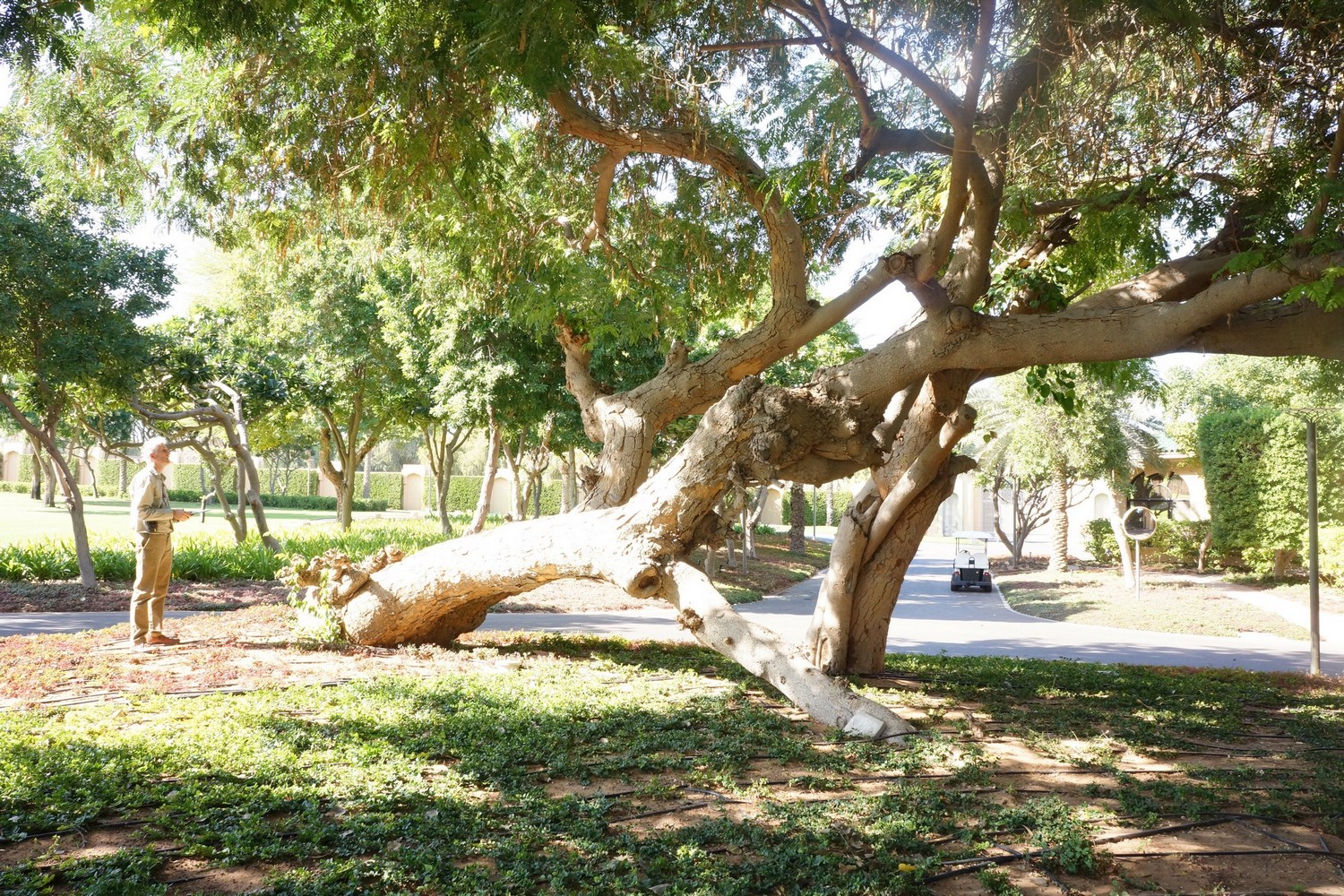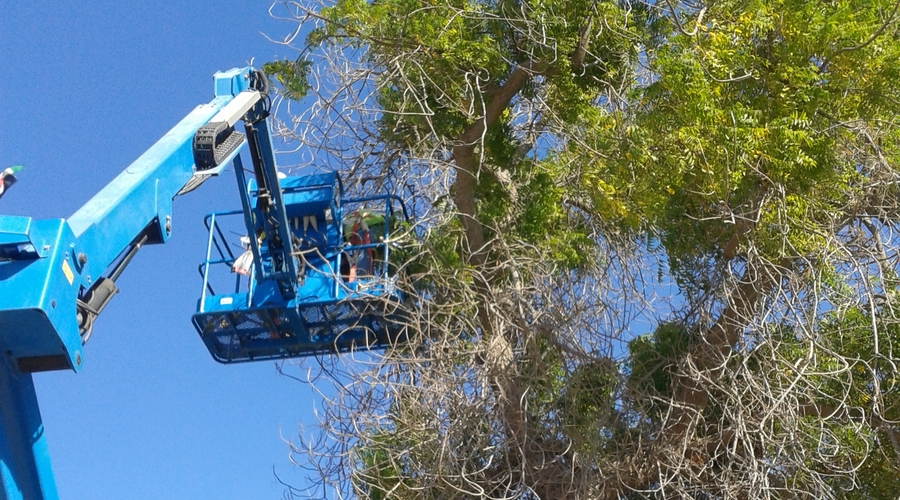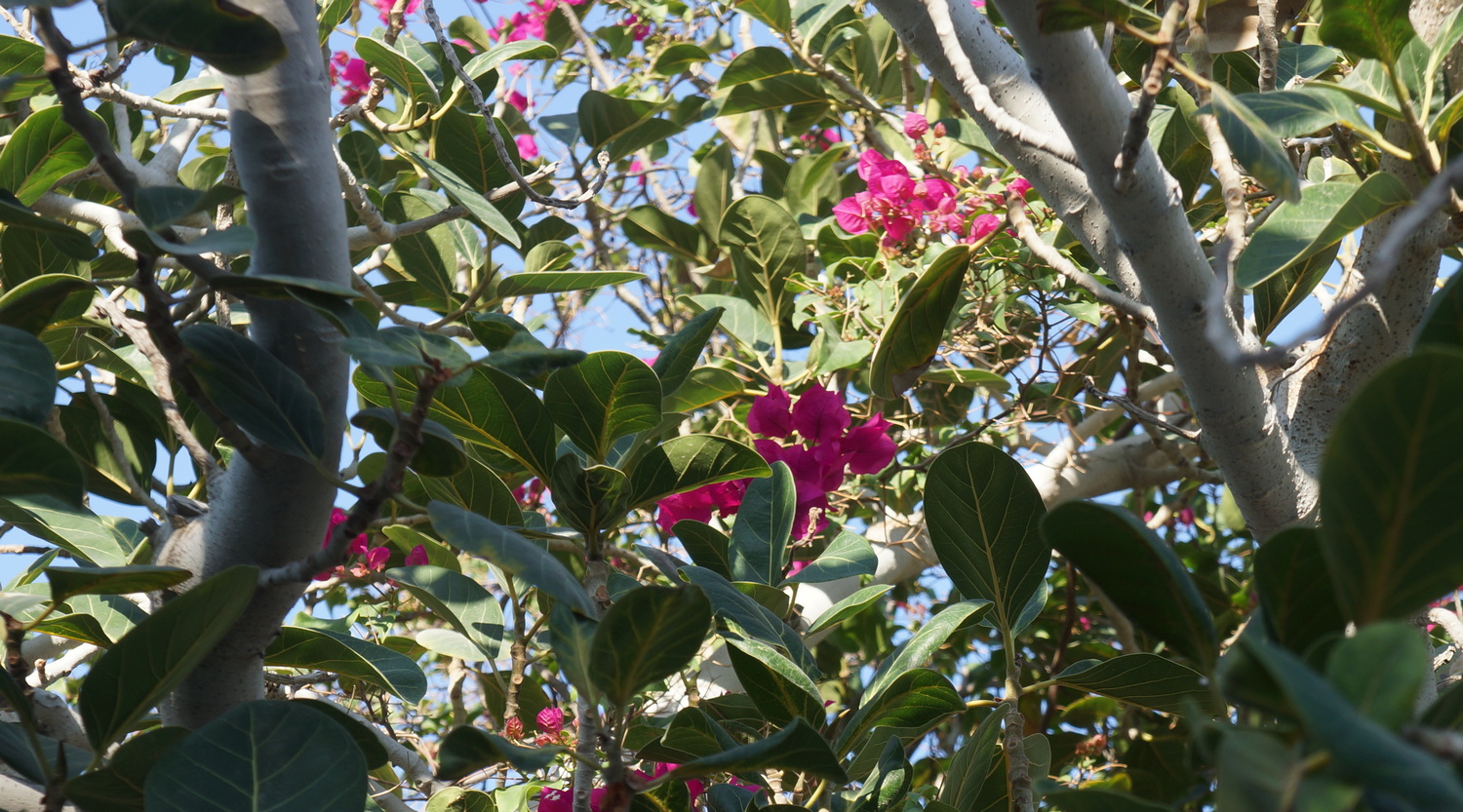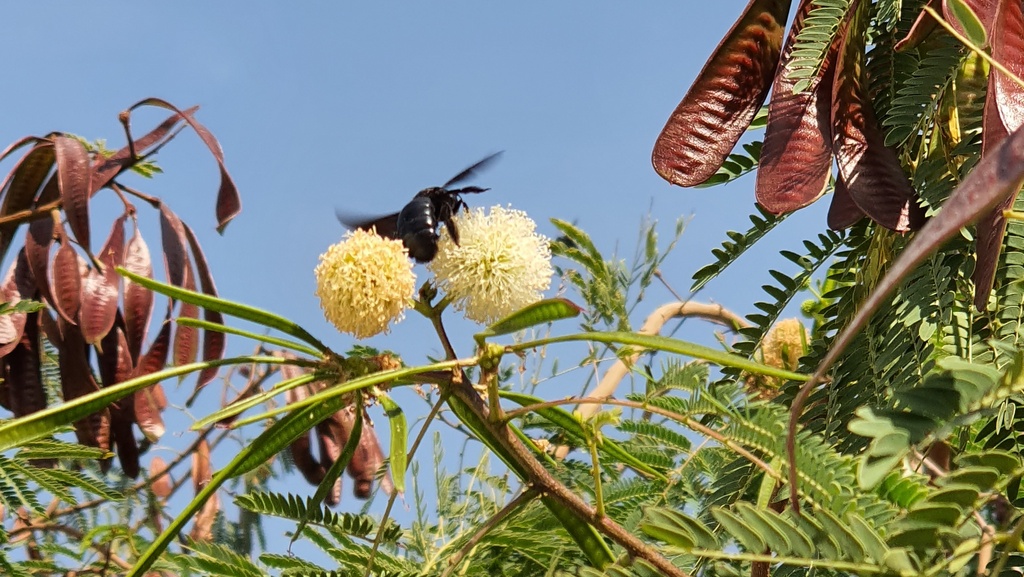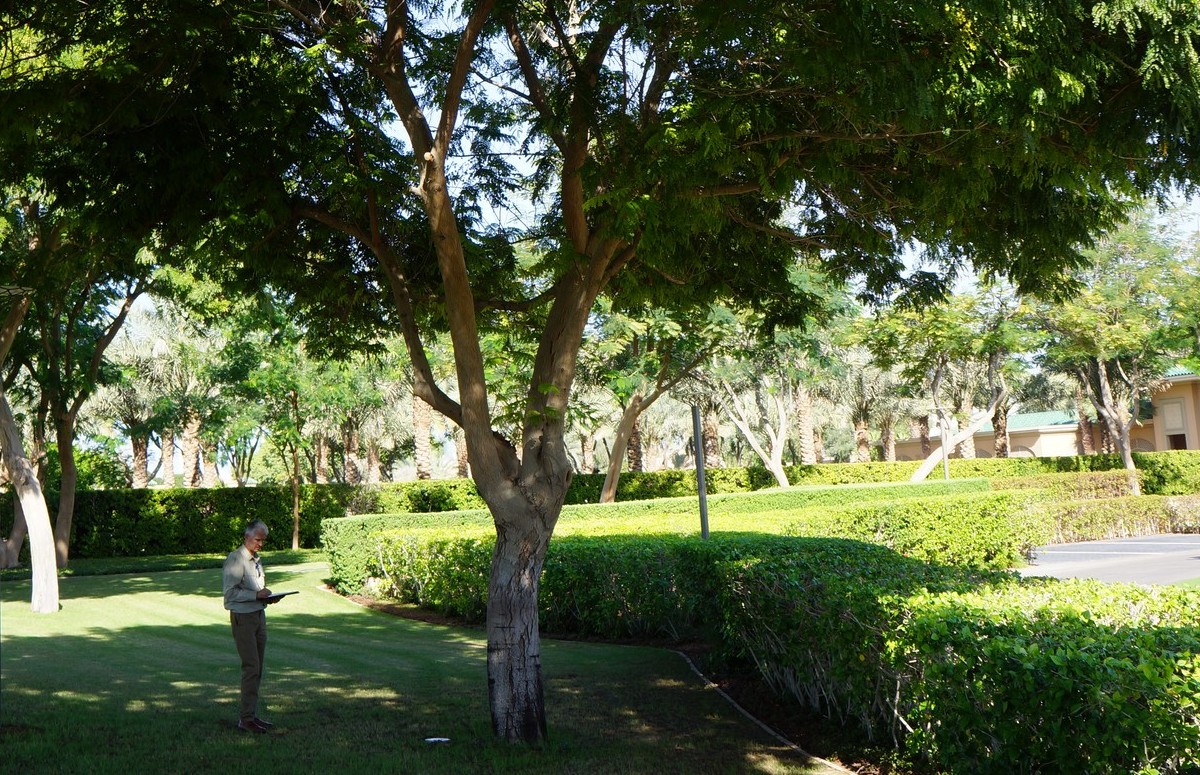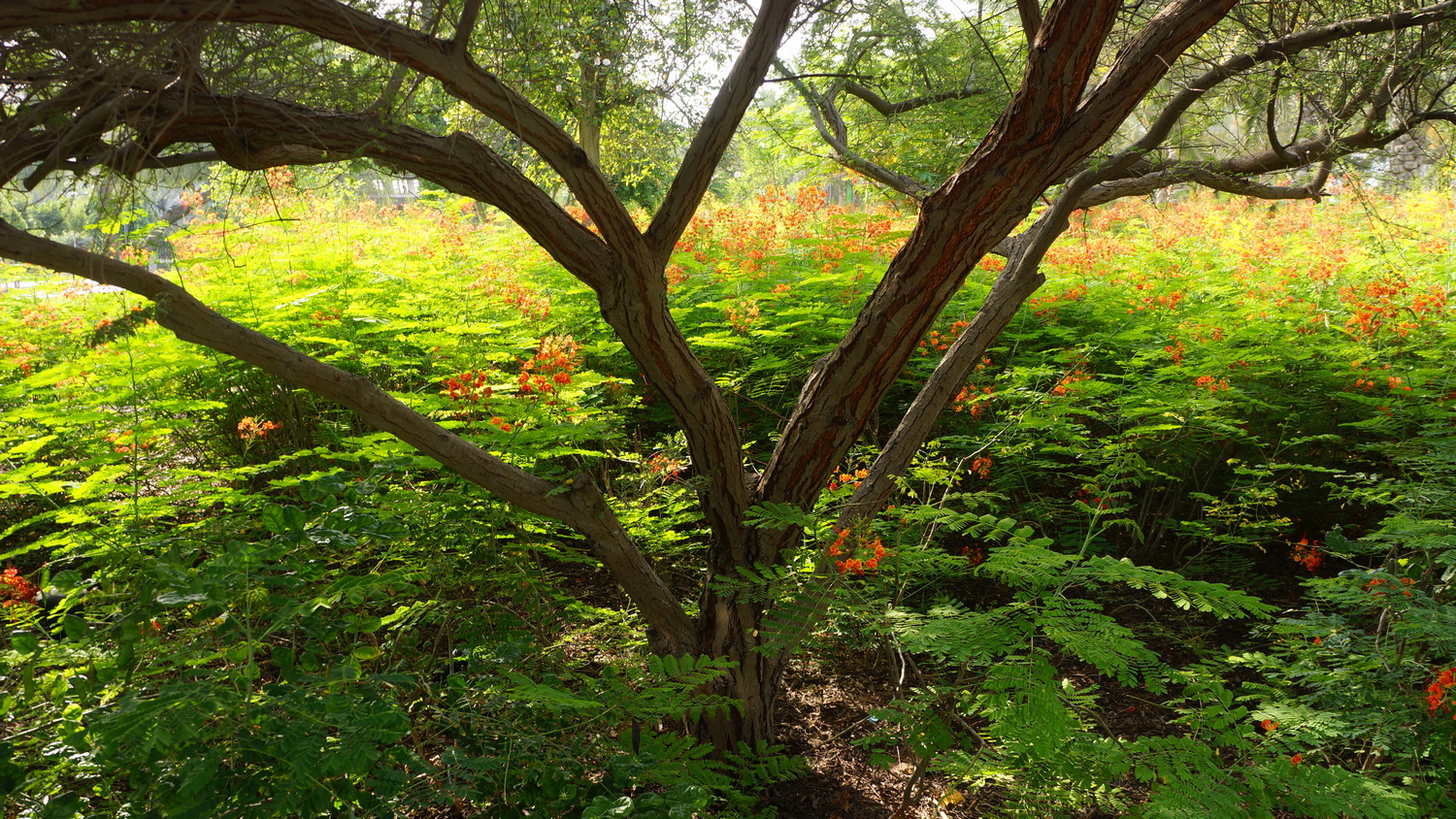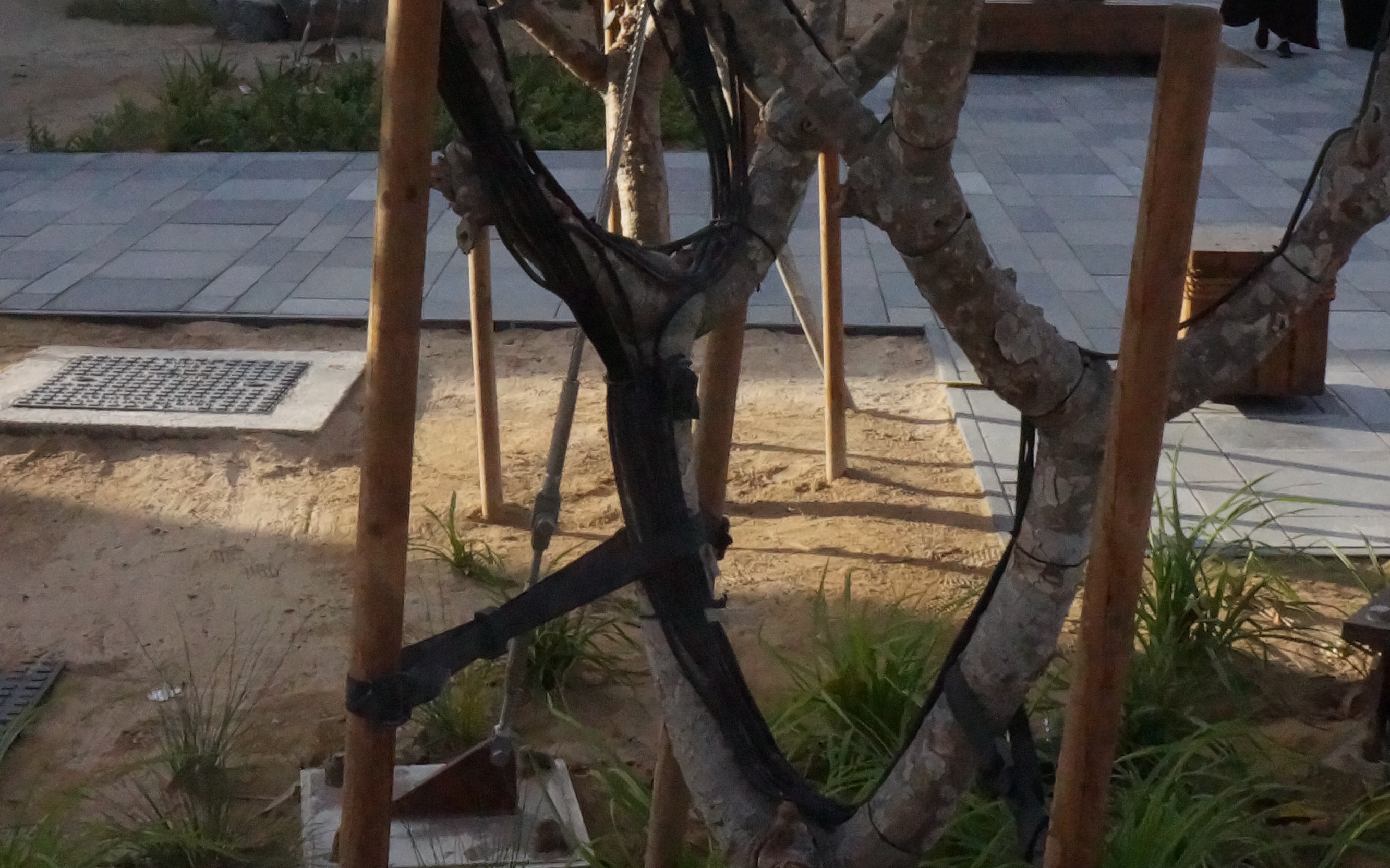First published in Landscape Middle East magazine, September 2024 (with different title). If there is one […]
I have had another article published in Landscape Middle East magazine, as part of an on-going […]
I’ve been using Instagram on my main account (Mark Laurence Design) but now have one dedicated […]
Due to the on-going Covid 19 pandemic I will not be travelling to the UAE (or […]
If you need help or advice with your trees, I will be visiting Dubai for the […]
Landscapes are all about creating micro-climate, or would be, if designed for that goal. Why is […]
On my last few trips to Dubai, I have been noticing a lot of trees with […]

